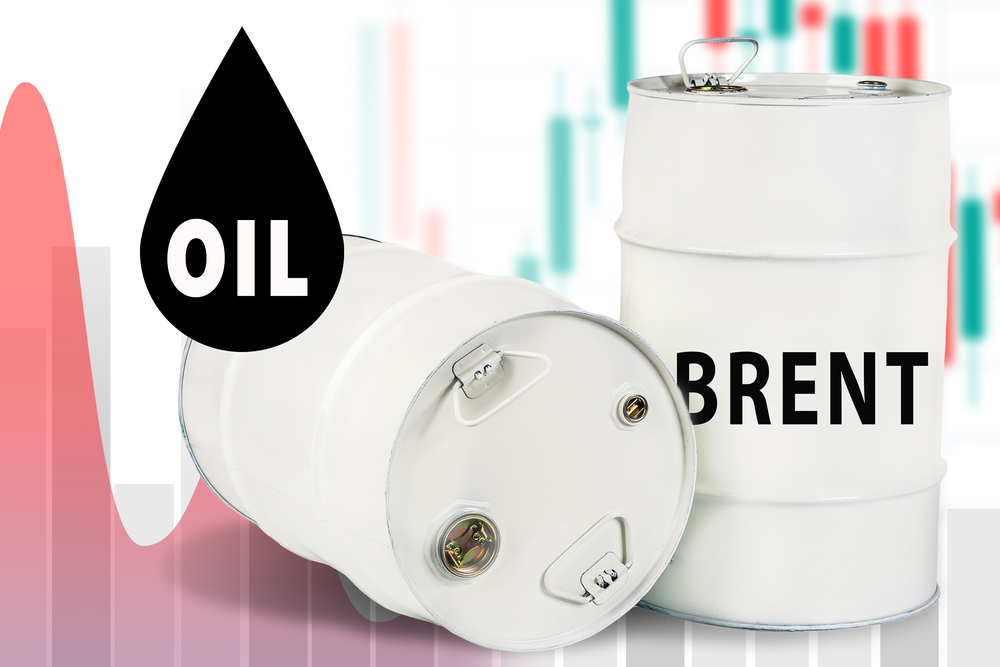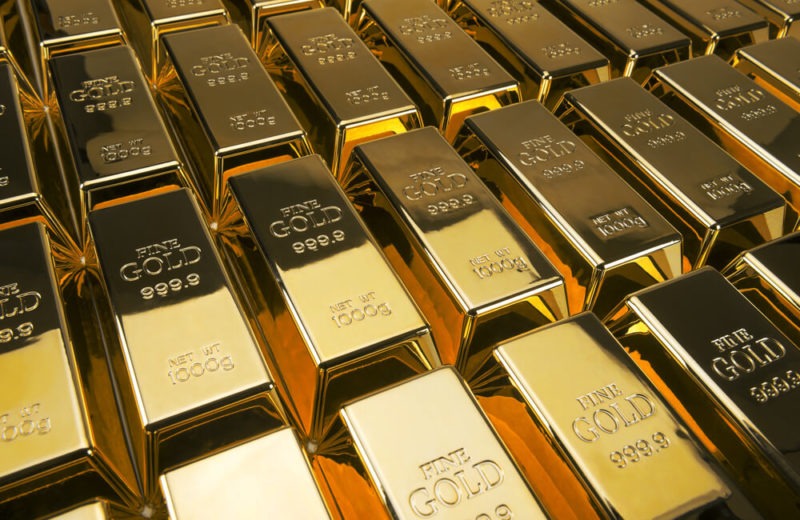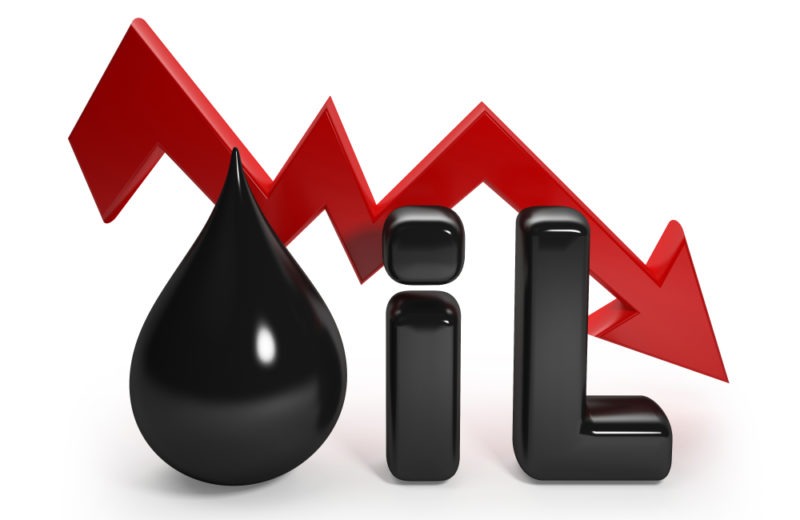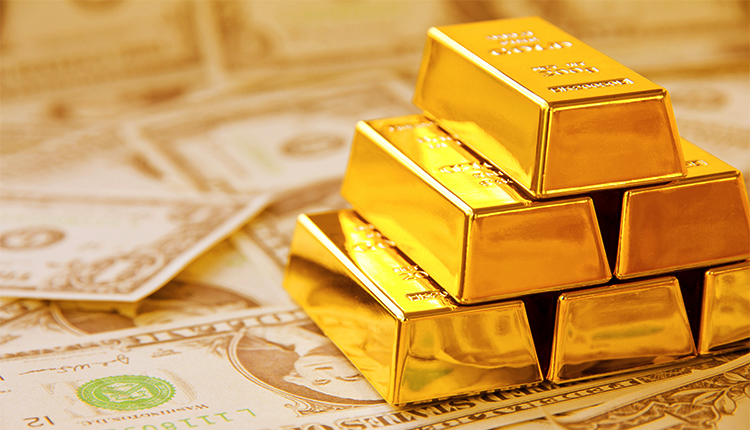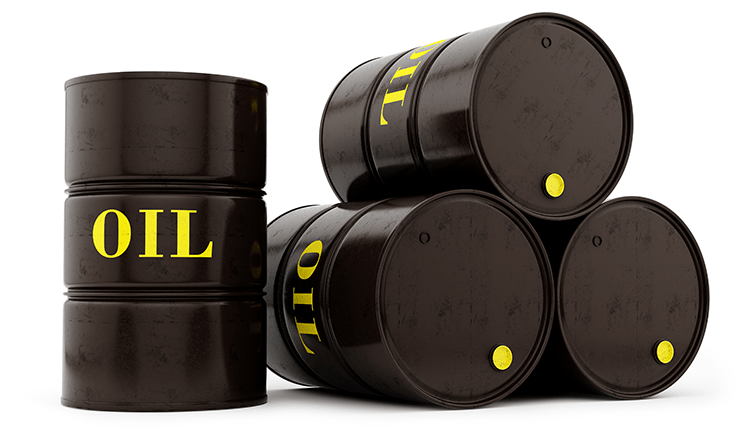Key Points
- Gold price remained above $2,100 on Wednesday despite a slight decline.
- A record peak for spot gold was achieved at $2,141.59 per ounce.
- The rally in gold prices marks five consecutive sessions of gains.
- Economic indicators suggest a possible June rate cut, influencing gold’s appeal.
- Central bank purchases of gold have significantly exceeded historical averages.
- Upcoming U.S. labour market data and Federal Reserve announcements could impact future gold price movements.
Gold prices have shown resilience, maintaining levels above $2,100. Spot gold experienced a slight decrease to $2,126.13 per ounce, but the overall trend underscores gold’s enduring appeal as a safe-haven asset. Similarly, U.S. gold futures saw a decline, reflecting a market that remains cautious yet optimistic about gold’s prospects.
Gold’s Record Rally to $2,141.59
The recent peak at $2,141.59 per ounce marks a significant phase of growth for gold, which has continued its rally for five sessions in a row. This increase is largely due to recent U.S. economic data that points to a slowing economy, fueling speculation about a possible Federal Reserve rate cut in June. Ajay Kedia from Kedia Commodities highlights this rally as driven by sentiment, with investors turning to gold amidst prevailing uncertainties.
U.S. Economy’s Influence on Gold Prices
The market’s attention to the U.S. economy’s sensitivity in a high-interest rate climate adds complexity to gold’s current standing. A slowdown in the services sector and manufacturing orders, coupled with Federal Reserve Chair Jerome Powell’s forthcoming testimony, could provide more clarity on economic directions and their impact on gold prices.
Expectations of a June Rate Cut Bolster Gold
The market currently sees a 71% chance of the Fed cutting rates in June, heightening anticipation for the central bank’s next move. Upcoming labour market data will play a crucial role in setting these expectations and may further cement gold’s status as a preferred investment amid the likelihood of rate reductions.
Central Banks’ Hefty Purchases of Gold
A notable aspect of the gold market is the significant increase in purchases by central banks, amassing over 1,000 tons in just the past two years. Kunal Shah from Nirmal Bang observes a strategic shift in central bank reserves favouring gold, a stark contrast to the 300-ton average.
Precious Metals’ Market Reactions
The journey of gold is mirrored in the broader precious metals market. Platinum and palladium witnessed gains, while silver prices faced a slight decline. These varied movements highlight the complex dynamics at play, with each metal responding differently to economic and market stimuli.
In summary, gold’s pricing remains high, above $2,100, showcasing the complex interplay of economic indicators, central bank actions, and market sentiment. The financial world is on the lookout for more data and guidance from the Federal Reserve. Amid this anticipation, gold continues to serve as a crucial indicator of economic sentiment. It stands as a stable haven for investors during uncertain times.



